Dawn Redwood at Hoyt Arboretum
Hoyt Arboretum hosts three different redwood species. Redwoods have been a staple of Hoyt Arboretum since 1931, but it was the introduction of dawn redwood (Metasequoia glyptostroboides) seeds in 1950 that introduced a “living fossil” to its collections.
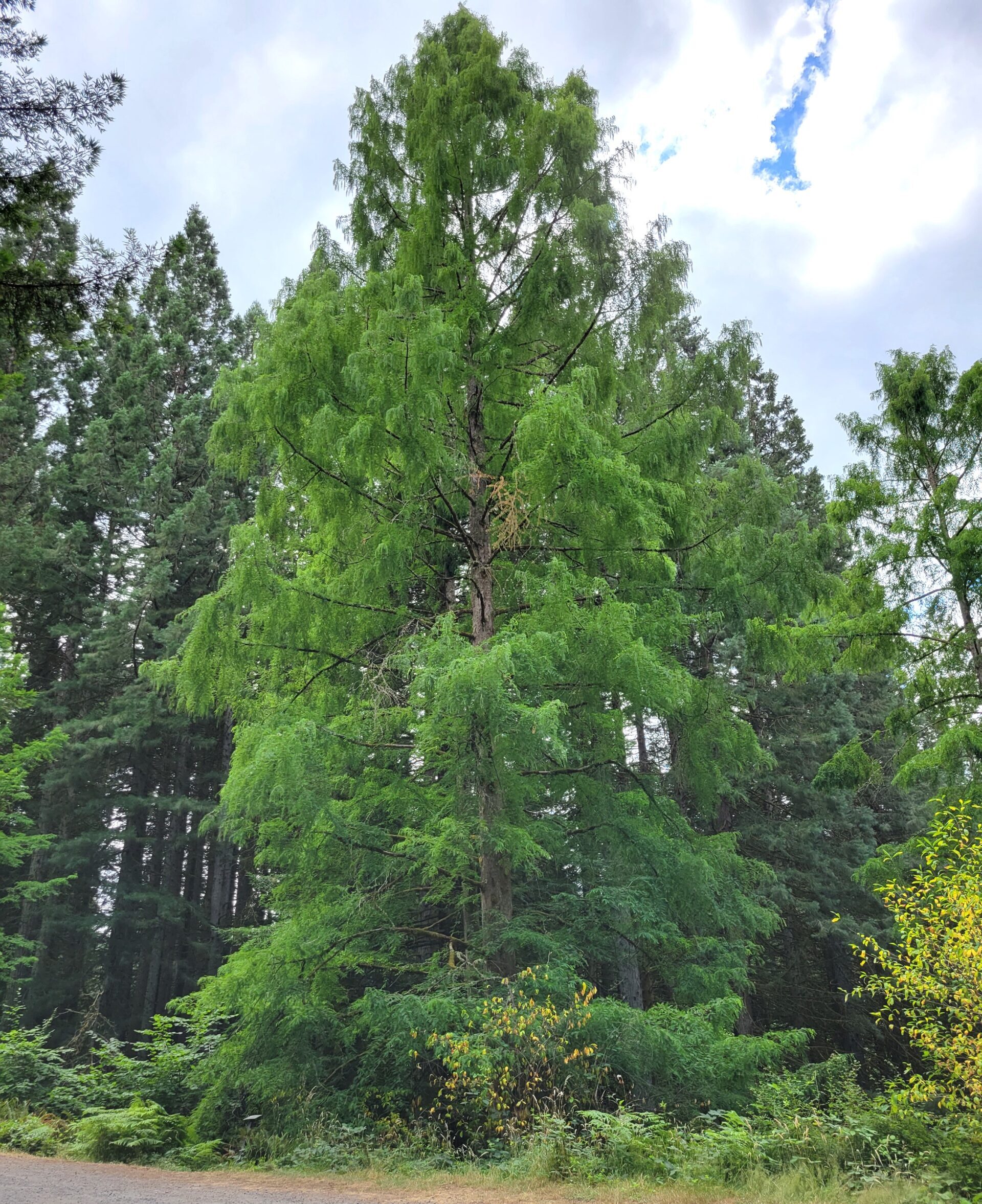
The dawn redwood was first identified when paleobotanist Shigeru Miki discovered its fossil in 1939. Just a couple of years later, botanist Zhen Wang collected specimens from a large, unidentified tree in a small village in Central China. This sent some of China’s most prominent botanists down a challenging path of collecting additional samples and navigating wartime’s effect on the scientific community’s resources in an attempt to identify the tree. Eventually, in 1946, botanist H.H. Hu received the specimens and was able to connect them to Miki’s studies. It was confirmed that this unusual tree was in fact a dawn redwood, five million years after it was originally thought to have gone extinct.
“Hoyt received 50 of these seeds.”
Considered one of the greatest botanical discoveries of the 20th century, word soon got around to the U.S. botanical community. Harvard’s Arnold Arboretum funded an extensive collection and dispersal of dawn redwood seeds, which then got distributed around the world. Hoyt Arboretum received 50 of these seeds in 1950.
One of those trees can now be found on Bray Lane, identified by a small sign. When you see it, pay your respects; this was the first Metasequoia to produce reproductive cones in North America in at least five million years!
Learn more about Hoyt Arboretum’s redwoods at https://www.hoytarboretum.org/majestic-redwoods-at-hoyt-arboretum/
Discovery Points
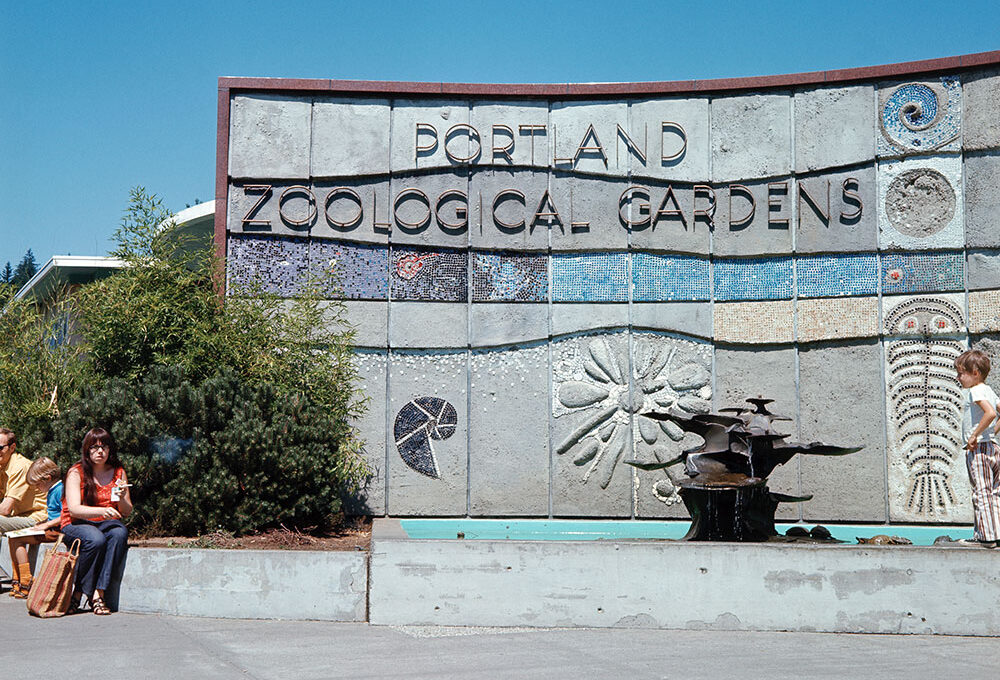
Oregon Zoo
Home to nearly 2,000 animals representing more than 200 species from around the world. From education programs to on-the-ground conservation efforts, the zoo is working to save species regionally and worldwide.

Washington Park MAX Station
In 1998, TriMet built the Washington Park MAX Station, which is the deepest transit station in North America at 260 feet below ground. It’s also the only underground station in the entire MAX system.
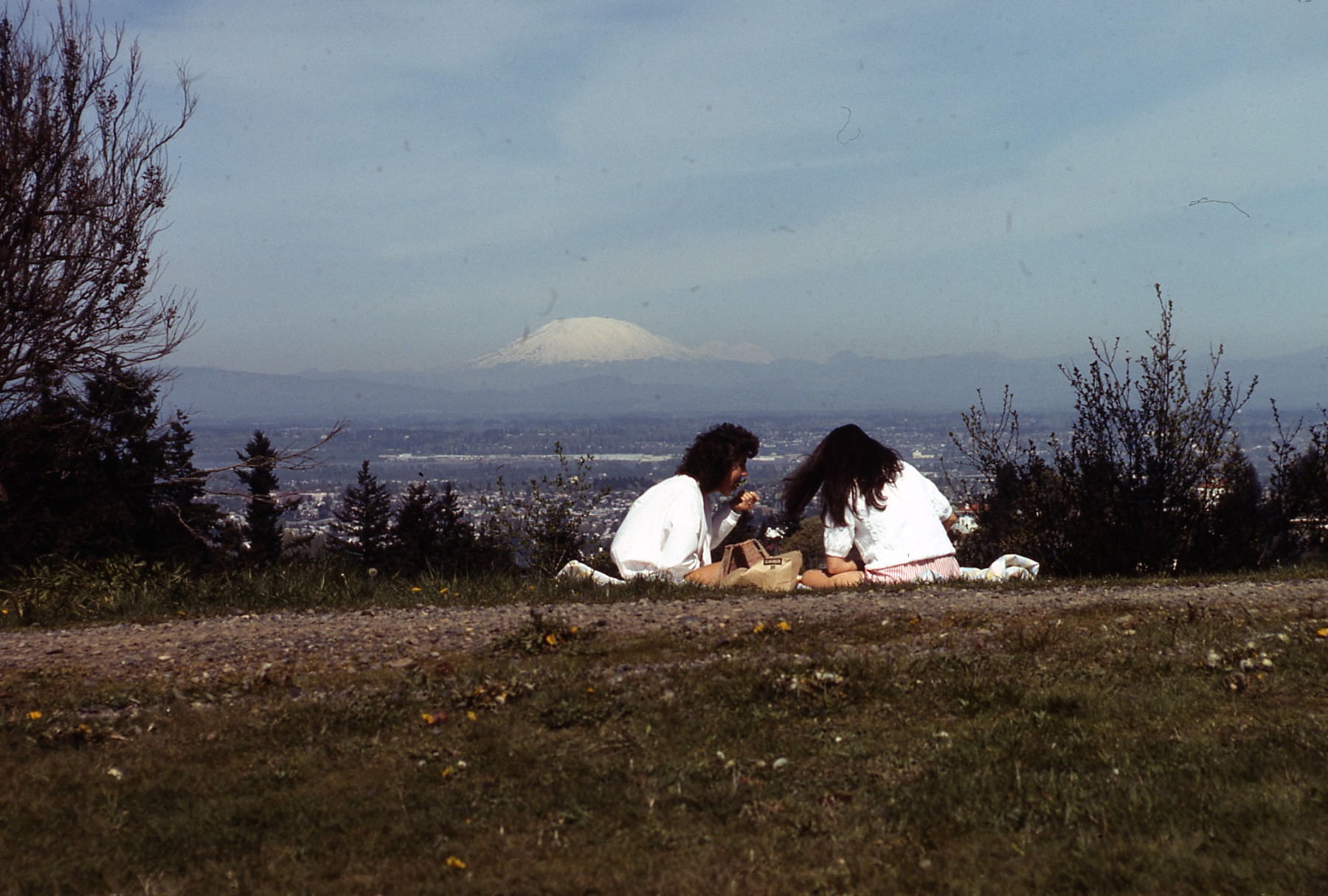
Hoyt Arboretum
Founded in 1928 to conserve endangered species and educate the community, Hoyt Arboretum encompasses 190 ridge-top acres and 12 miles of hiking and biking trails just minutes from downtown Portland.
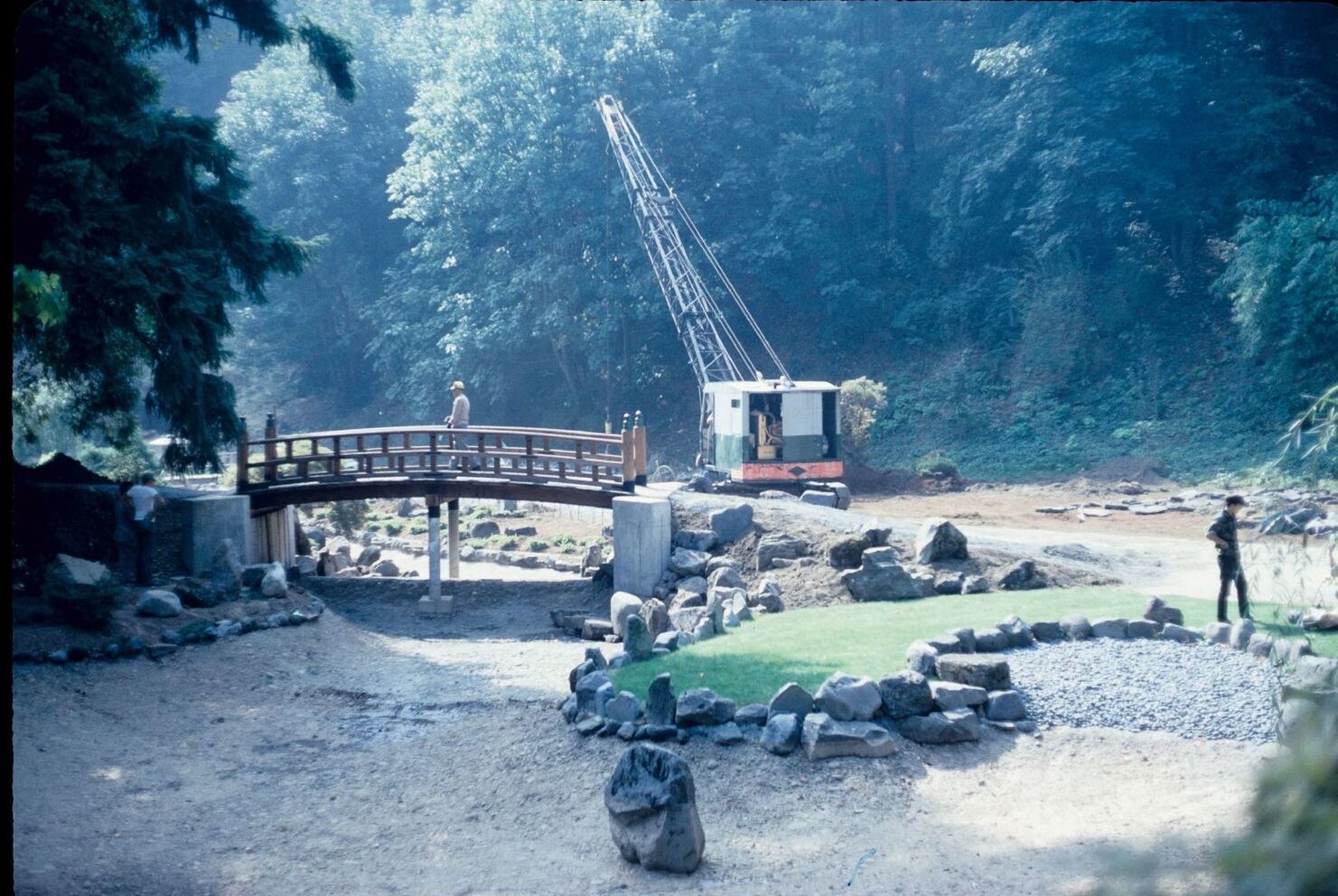
Portland Japanese Garden
The Japanese garden was created in Portland nearly 60 years ago and has become a hallmark of the community today.

World Forestry Center
We think of forests as ancient and unchanging, but in the inland West the forests we see today look nothing like those of 150 years ago.

International Rose Test Garden
The International Rose Test Garden was founded in 1917 and is the oldest continuously operated public rose test garden in the United States.

Historic Stearns Canyon
Established in the 1800s, Washington Park is one of Portland’s oldest parks. The Park’s name, size, and entrances are among its many attributes that have evolved over the years.
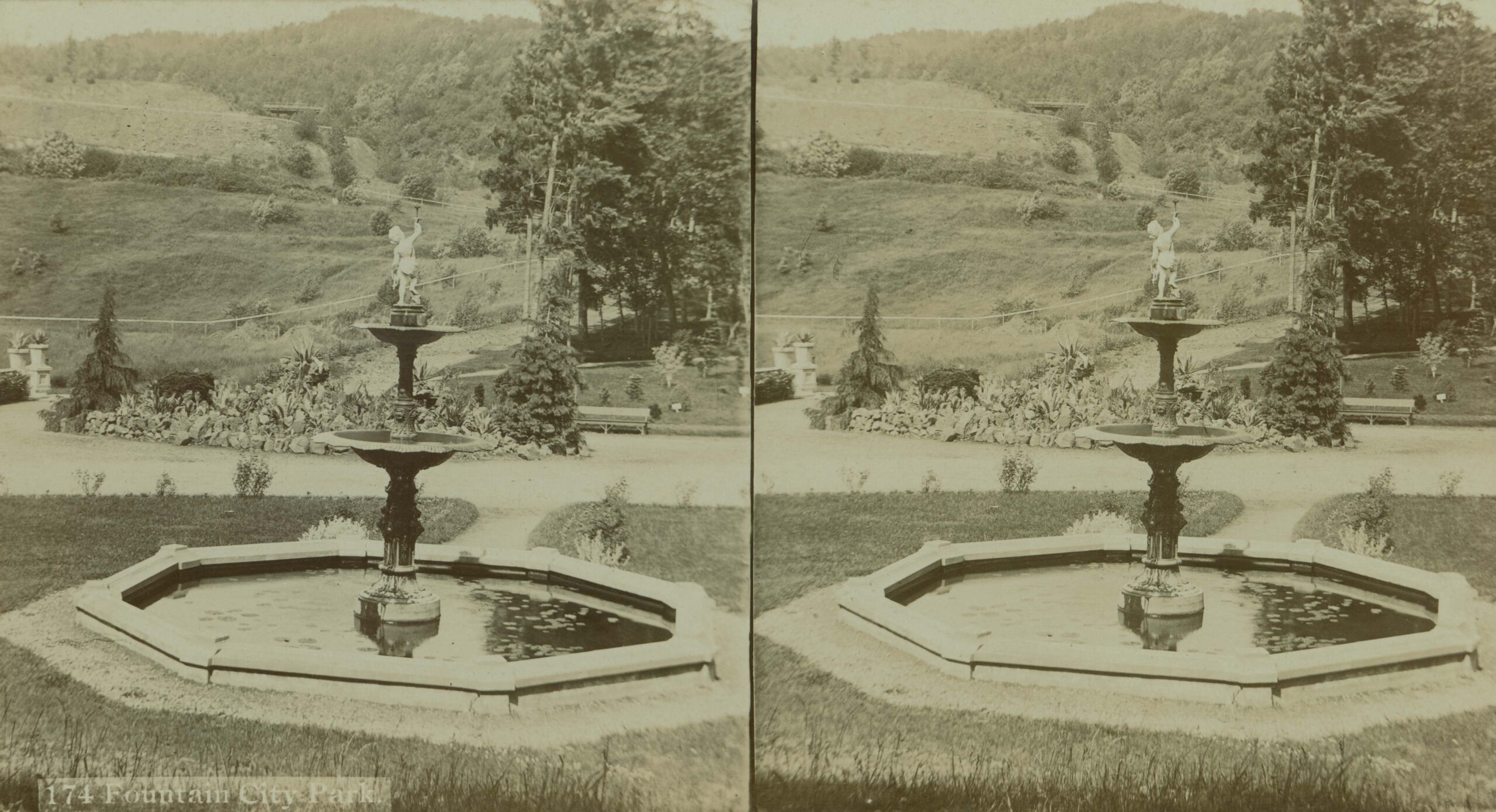
Chiming Fountain
One of Portland’s original pieces of public art is still on display today in Washington Park. The Chiming Fountain is located in what is considered to be Washington Park’s main circle.

Vista Points
Washington Park, originally called City Park, has been well-loved by its caretakers past and present. The stewards of the Park and how they approach and influence its care have evolved.

Dawn Redwood
Hoyt Arboretum has a collection of coast redwoods that are over 150’ tall and were the first trees planted in the arboretum in 1931.

Explore & Connect
Explore over 150 years of Washington Park, originally called City Park, and its many destinations by virtually visiting the featured Discovery Points. Each Discovery Point connects you to history, photos, and community members’ stories.
